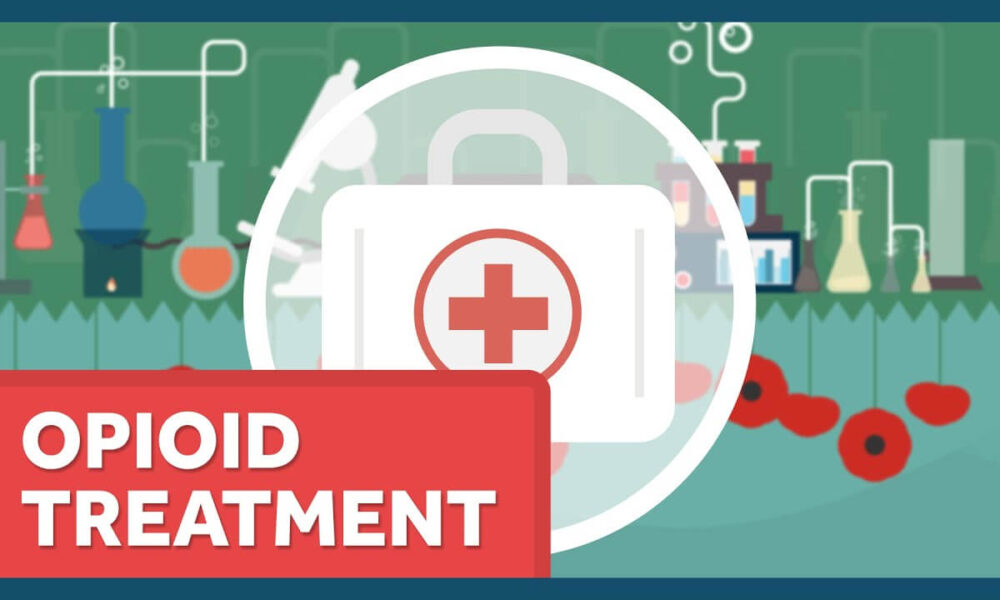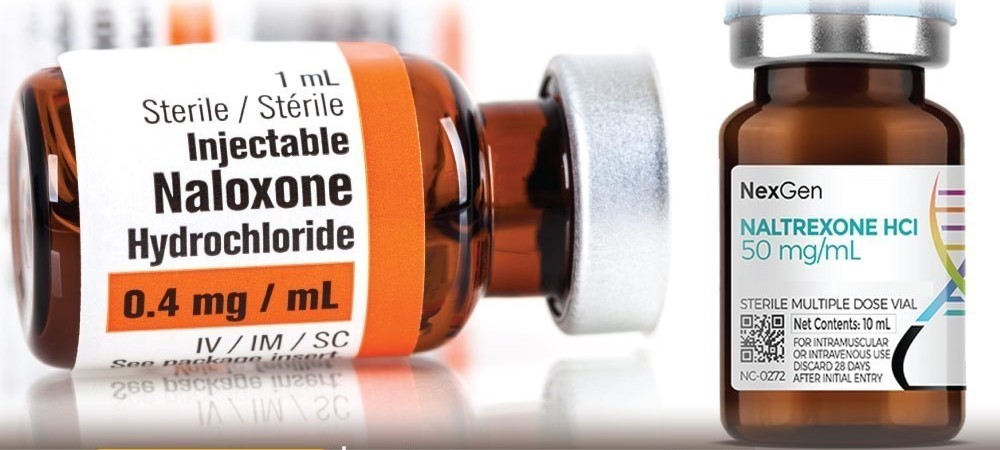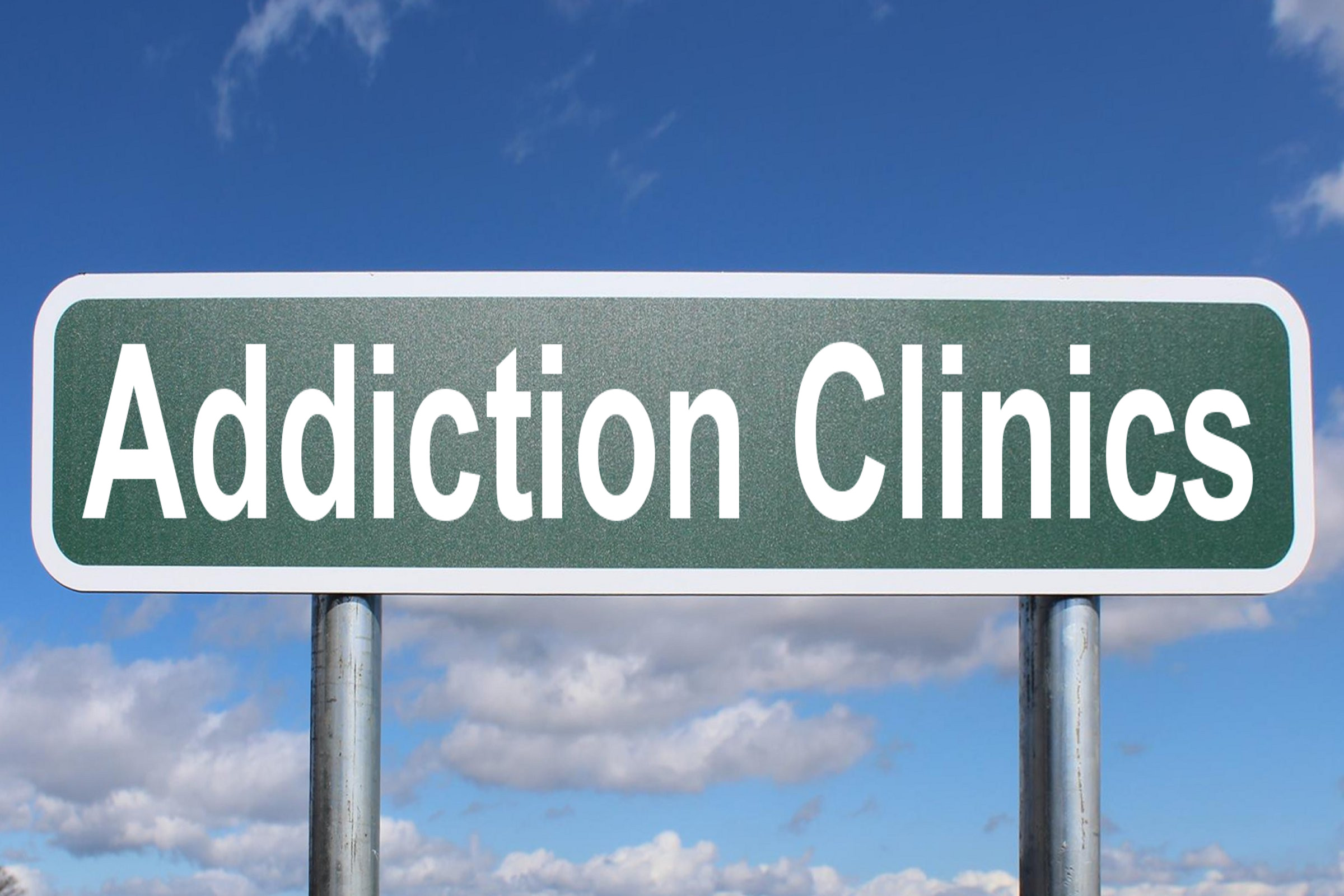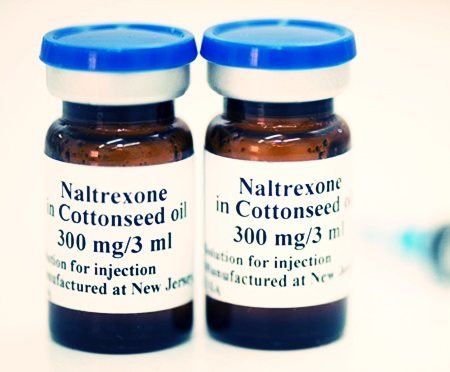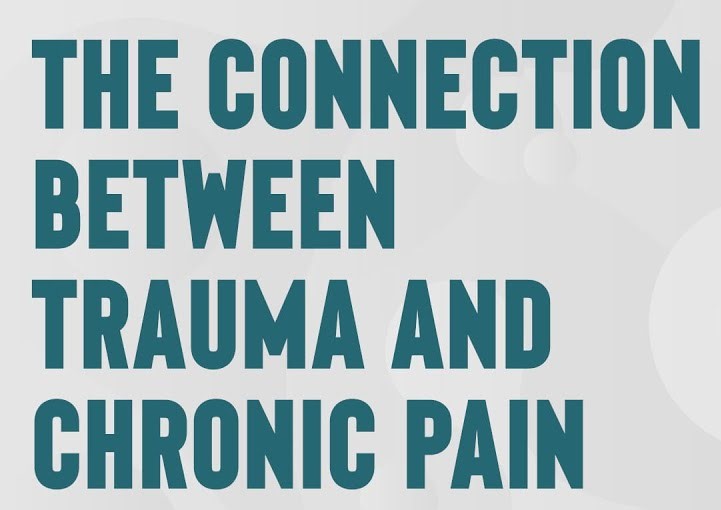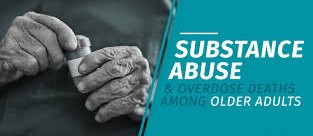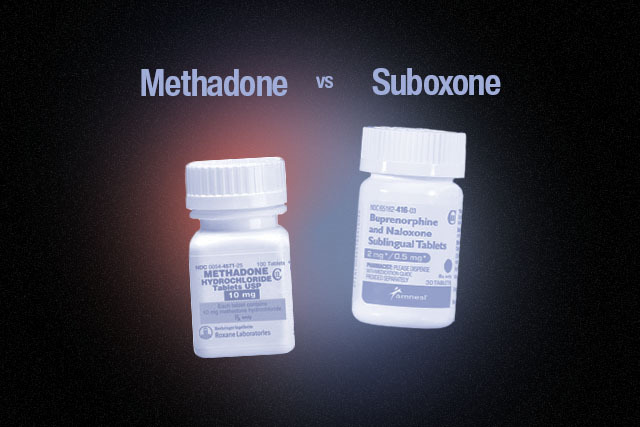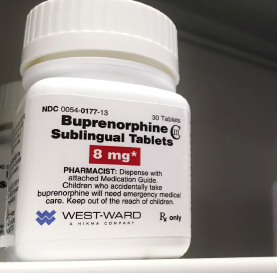OUD Treatment Measures
Opioid Use Disorder (OUD) treatment measures offer numerous benefits, including reduced opioid misuse, lower overdose risk, improved health outcomes, enhanced social functioning, and decreased involvement in criminal activity. However, they also present challenges such as access barriers, medication side effects, and ethical dilemmas. Policymakers are crucial in addressing these issues by allocating resources effectively, promoting … Read more
